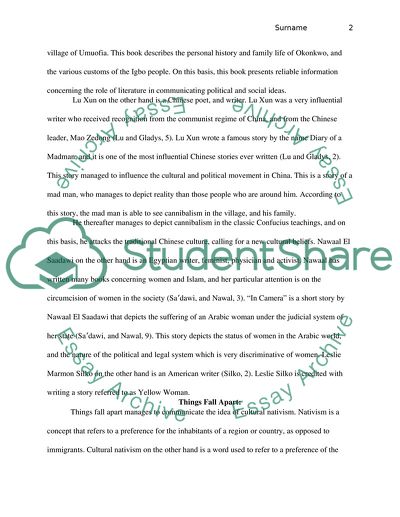Cite this document
(“Literature as an effective means to communicate social and political Essay”, n.d.)
Retrieved from https://studentshare.org/literature/1631201-literature-as-an-effective-means-to-communicate-social-and-political-ideas
Retrieved from https://studentshare.org/literature/1631201-literature-as-an-effective-means-to-communicate-social-and-political-ideas
(Literature As an Effective Means to Communicate Social and Political Essay)
https://studentshare.org/literature/1631201-literature-as-an-effective-means-to-communicate-social-and-political-ideas.
https://studentshare.org/literature/1631201-literature-as-an-effective-means-to-communicate-social-and-political-ideas.
“Literature As an Effective Means to Communicate Social and Political Essay”, n.d. https://studentshare.org/literature/1631201-literature-as-an-effective-means-to-communicate-social-and-political-ideas.


